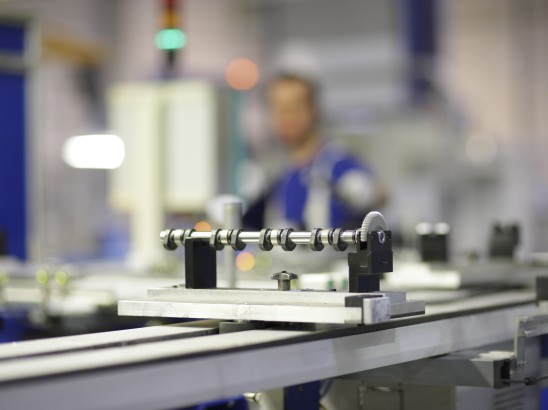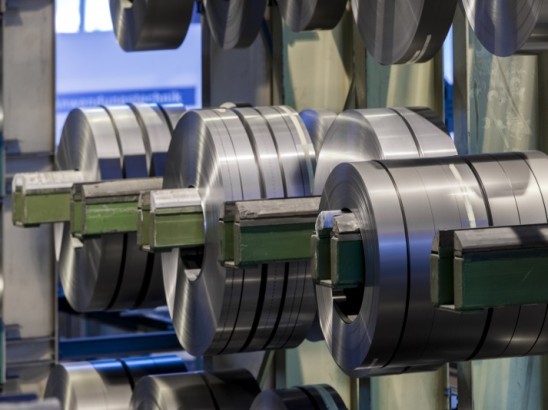Innovative solutions for the key challenges of the future
We have the experience and the technical know-how to shape the future. Our innovations focus on technologies for coping with climate change and the energy transition, for digitizing the industry and for the mobility of the future.
We work continuously to ensure that thyssenkrupp offers its customers products and services of the highest technological quality, because we have an expertise in innovations. That's why we also pay particular attention to our research & development:
Our global research and development network comprises 75 locations with a total of around 3,900 employees. In addition, we cooperate with external partners such as universities and research institutes as well as other industrial companies.
In the last fiscal year we filed around 1,420 new patent and utility model applications - so the patent portfolio of our Group currently comprises around 16,870 patents and utility models, and in the trademark area around 9,490 property rights.
The thyssenkrupp Group's expenditure on research and development totaled €695 million in the reporting year 2024/25, an increase of 1% compared with the previous year. The adjusted R&D intensity was 3.2% (prior year: 2.9%) and therefore in the company’s target range of around 3.0%; this figure refers to R&D costs as a proportion of sales, without trading and distribution.
/thyssenkrupp_logo_claim_d.svg)

